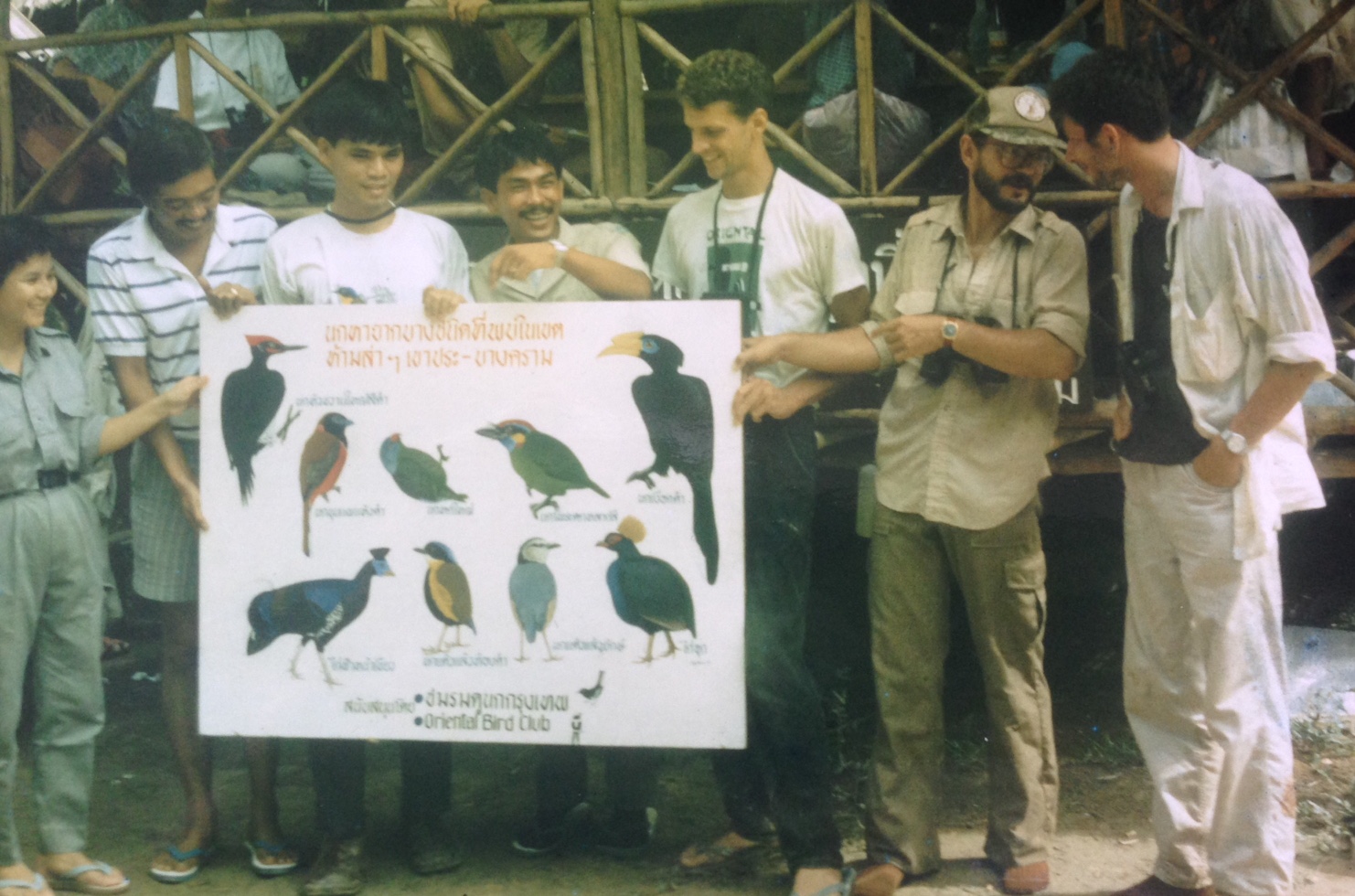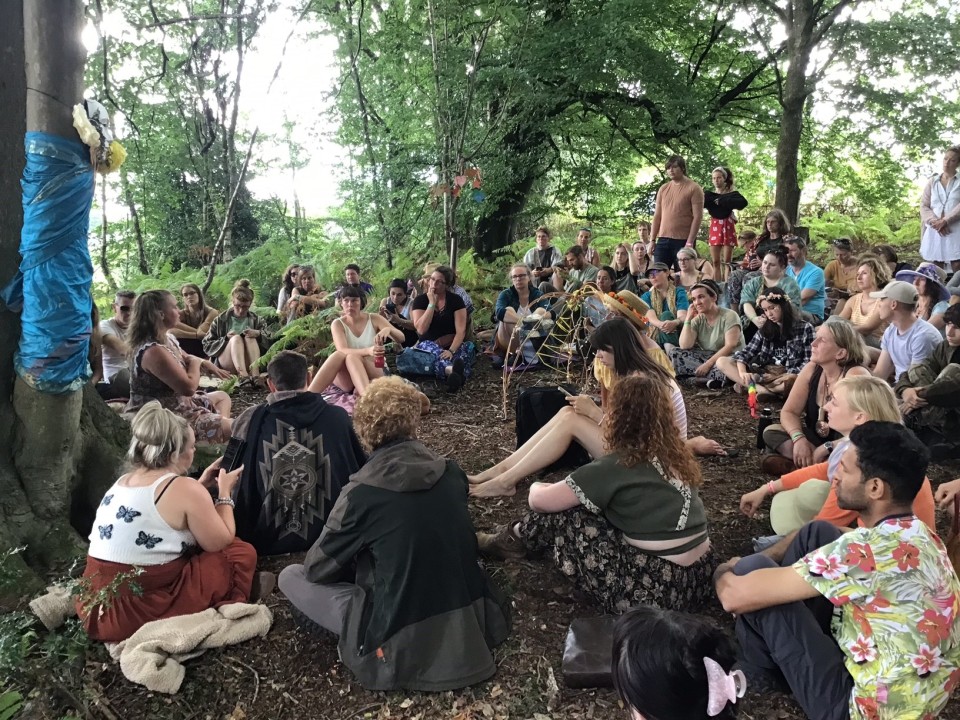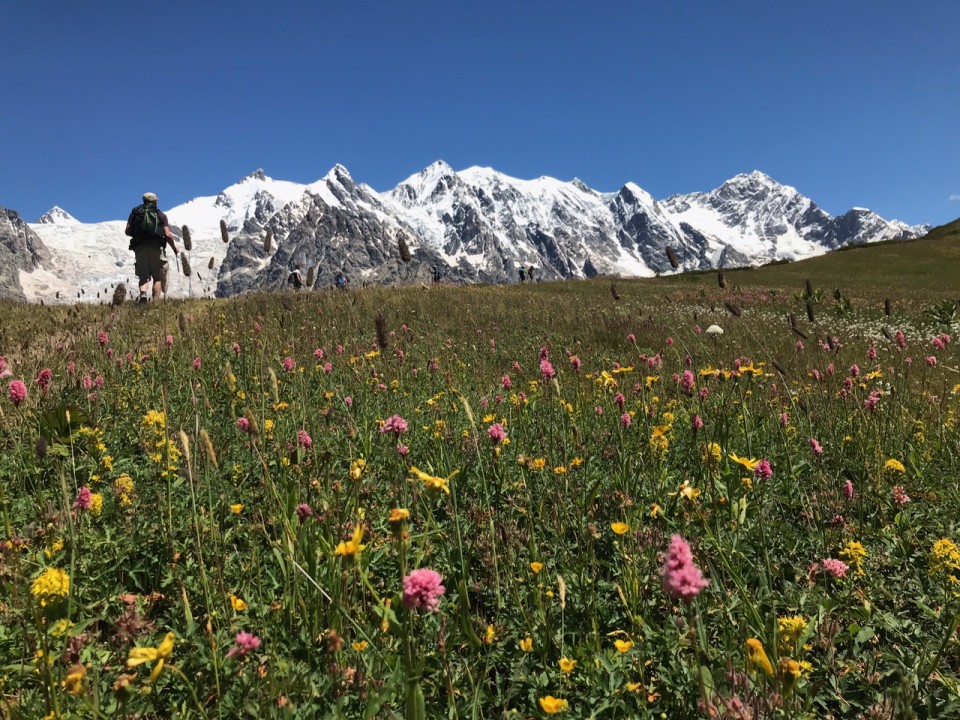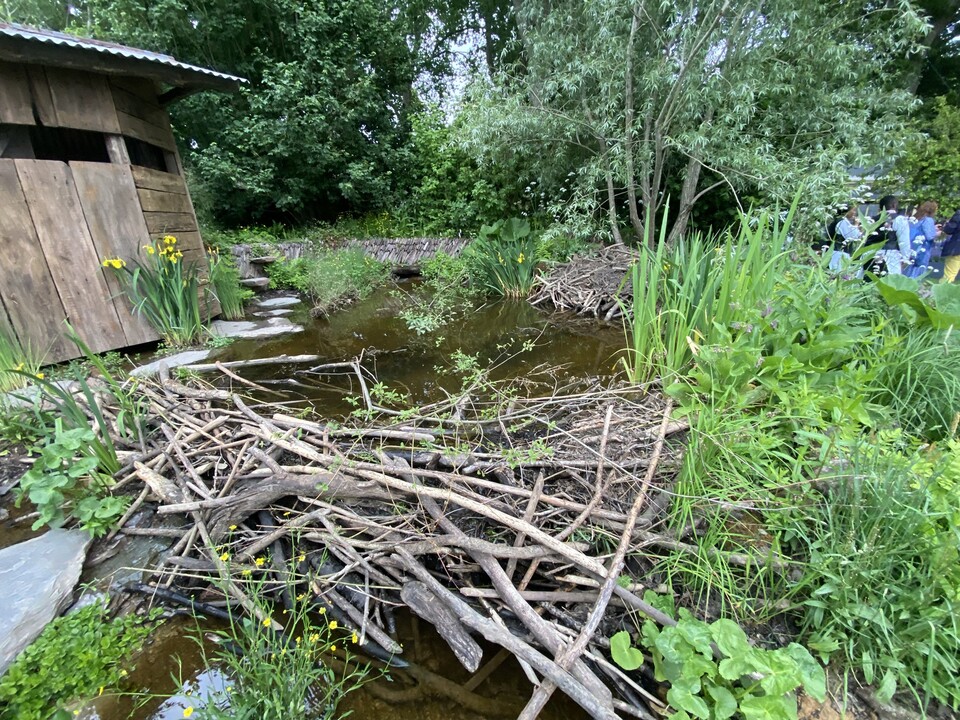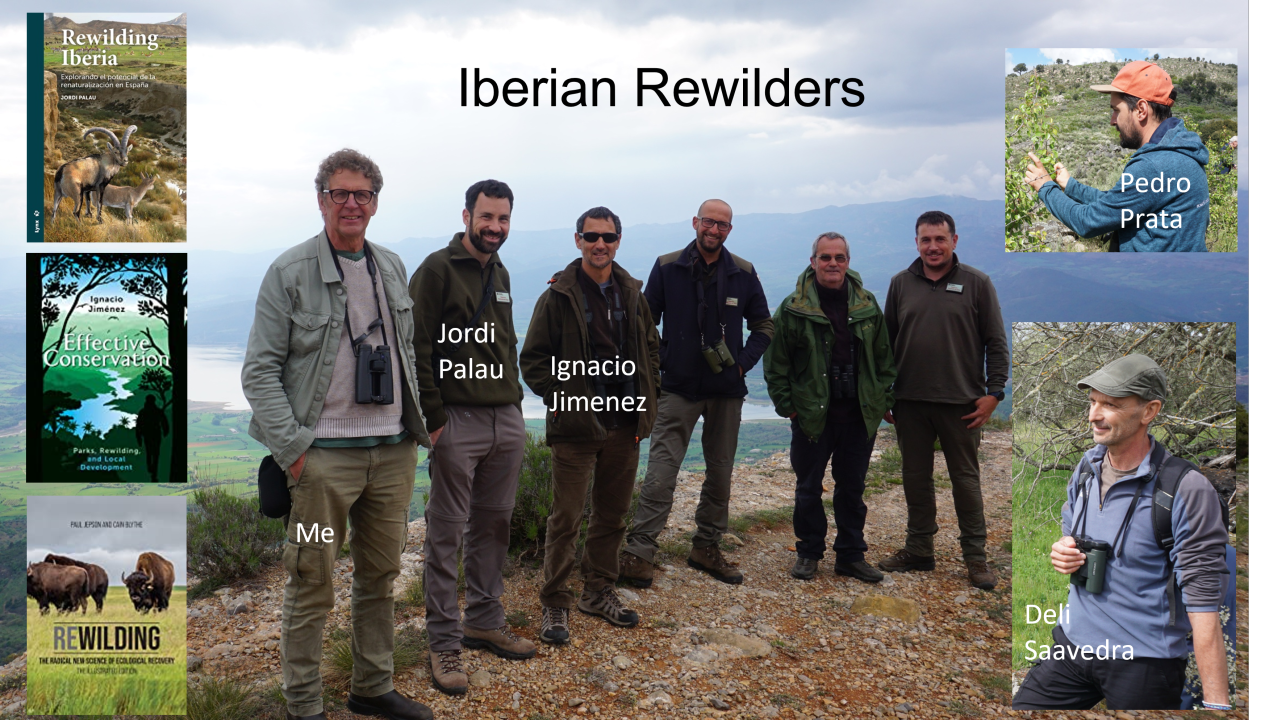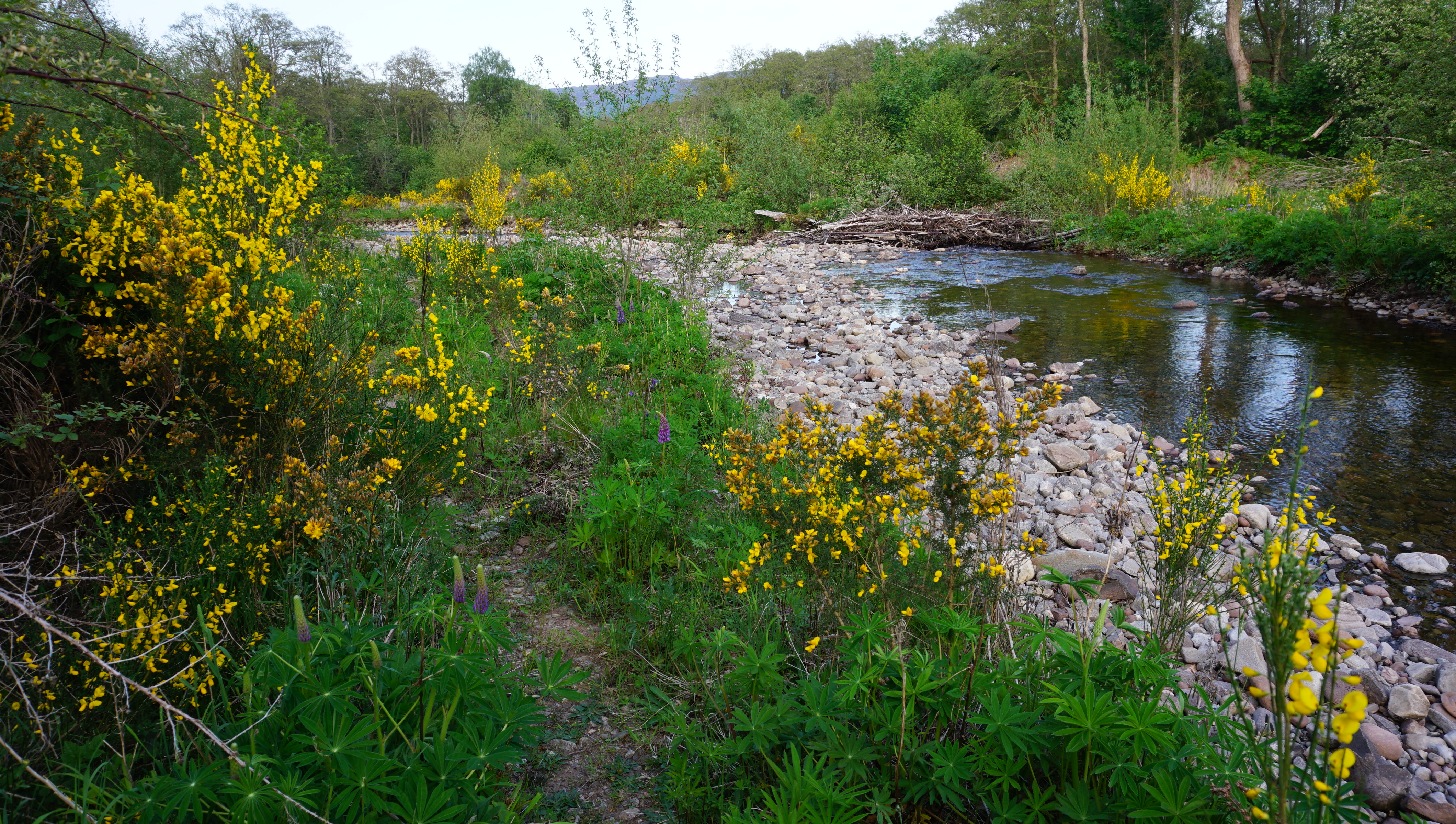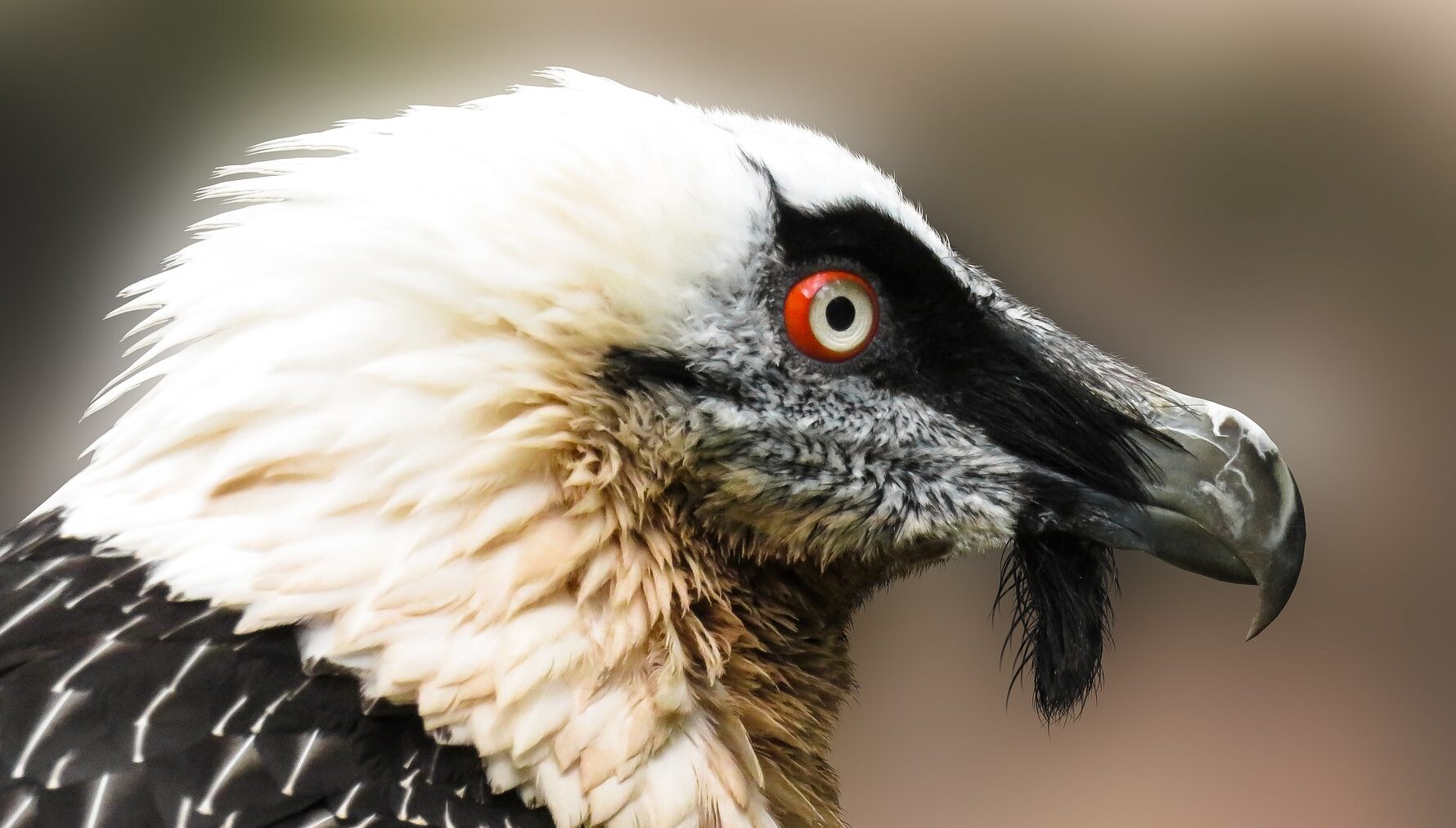I was a founding member of the OBC, its first joint conservation officer and second chairman. I have resigned my membership and this is why.
For me the founding of OBC in 1985 was a manifestation of a new birding movement: a coming together of action-minded birders who wanted to make something happen. I recall closing a meeting that I’d organised in Manchester with the suggestion we might go for a curry and over half the audience came along. Looking down the long table of birders supping a pint and chatting birds and travel I felt part of something vibrant and a sense of optimism at the possibilities of working with people from different backgrounds and cultures to shape a new ornithology and conservation.
I was part of the conservation group within the OBC that played a leading role in establishing the Asia Programme of the International Council for Bird Preservation (ICBP). This was at a time when ICBP was becoming BirdLife International and seeking to expand its partnership work into the Oriental region. In 1991 I moved to Indonesia to establish a collaborative conservation programme with the Indonesia government and open a country office of BirdLife International.
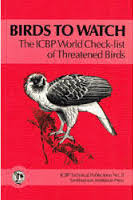 At the time BirdLife’s strategic goal was to become the world authority on the conservation status of the world’s birds and in so doing secure a place in the high level policy communities of international conservation. Central to achieving this goal was the completion of red list assessments (even if preliminary) for all species on earth. Indonesia supports approximately 18% of global bird species so building a better knowledge of the country’s avifauna was an obvious priority.
At the time BirdLife’s strategic goal was to become the world authority on the conservation status of the world’s birds and in so doing secure a place in the high level policy communities of international conservation. Central to achieving this goal was the completion of red list assessments (even if preliminary) for all species on earth. Indonesia supports approximately 18% of global bird species so building a better knowledge of the country’s avifauna was an obvious priority.
In the 1980s, ICBPs approach to conducting species assessment was akin to the county recorder model in natural history: a dedicated staffer with dedication, networking skills and aptitude for compiling records built relationships with a network of informants. In Indonesia the key ones were a bird-tour leader, two resident expatriate ornithologists and a gifted amateur taxonomist.
In 1988 ICBP published Birds to Watch – a first cut at a global red list assessment. One of my first jobs was to update the Indonesia entries which we did by compiling from Indonesian sources, supporting a series of student-led expeditions and conducting our own ‘professional’ field projects using systematic bird survey techniques.
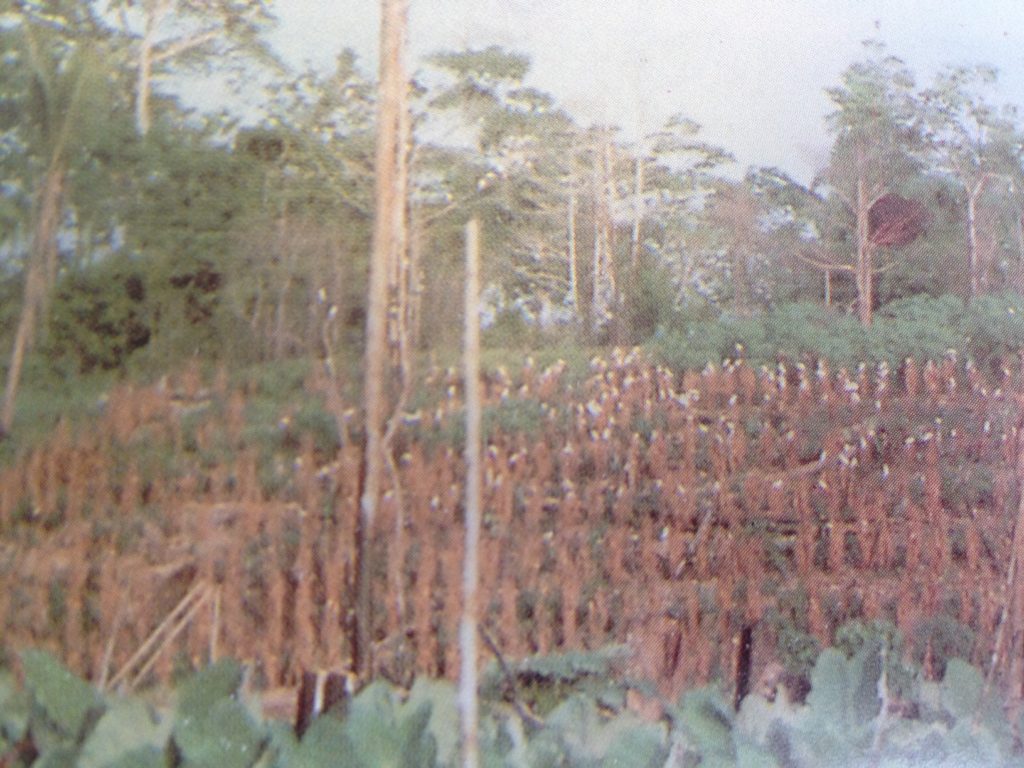
A flock of Tanimbar correllas can destroy a farmers field in 4-5 days. Birds were captured from these non-breeding birds and provided compensation for the farmers. It was stopped in 1992
This exercise resulted in a significant number of changes to the first draft ‘Bird to Watch’ list. If I recall correctly we dropped 70 species and added 80. For me the process revealed limitations and risk associated with applying the ‘county recorder’ model to red-list assessments. Two examples stick in my mind: One concerns the Javan Kingfisher which birder networks considered rare on account of the paucity of records. It became apparent that the species was a bird of countryside and the lack of records was because visiting birders headed for the forest. The second concerns the Tanimbar corrella. As of consequence of evidence outlined in Birds to Watch the Tanimbar corella was included on Appendix 1 of CITES thereby curtailing trade. Our systematic survey method estimated a population of ca. 250,000 and confirmed the government’s contention that the species was an agricultural pest and trade was a means for poor farmers to receive compensation for damage to the maize crops. The trade ban caused harm to 1000+ corrella’s stuck in the supply chain and created distrust locally which scuppered our plans to seek the creating of a reserve on the island.
In May OBC published a paper titled “Trade-driven extinctions and near-extinctions of avian taxa in Sundaic Indonesia” in their journal Forktail. This read to me as a return to the 1980s ‘county-recorder’ style of conservation assessment which I thought we’d left behind. Don’t get me wrong I am not suggesting that the 12 species featured aren’t in dire straits and merit conservation action. What frustrates me is that 25 years after the founding of the BirdLife Indonesia programme a group of western birders are still drawing on a mix of their personal records & correspondence and a selective reading of evidence to tell the Indonesian conservation community what they should do.
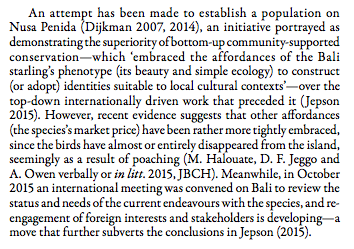 This section of the paper illustrates why I take issue with this approach. When I showed in to my wife her reaction was “I thought it was because of nest predation”. She was recalling the time we sat watching a Bali starling nest with FNFP colleagues and they told how females seemed to have lost the instinct to leave the nest when males called to warn of an approaching monitor lizard
This section of the paper illustrates why I take issue with this approach. When I showed in to my wife her reaction was “I thought it was because of nest predation”. She was recalling the time we sat watching a Bali starling nest with FNFP colleagues and they told how females seemed to have lost the instinct to leave the nest when males called to warn of an approaching monitor lizard
My article was an analysis of why two Indonesian initiatives had got further along the road of conserving wild-living Bali starling populations than had the international project of which I was part (1988-1996). Notions of superiority had never entered my mind: I have always believed in celebrating innovation and impact in conservation irrespective of who does it. Whilst in Nusa Pendia, I spent time walking with Bayu Wirayudha talking about Balinese conceptions of nature and wildness, the social order of rural Balinese culture and his efforts to conserve Bali’s species mascot in a Balinese way. I was thinking about an Indonesia bird-conservation ethos that ‘blended’ Indonesian and western ways of knowing and engaging with birds, nature and place.
Rending attributes of nature as being in need of governance and governable is at the heart of conservation science, policy and practice. These two imperatives interact but are also in tension. The former requires a degree of abstraction and appeal to emotion, the latter requires in understanding of the principles of public policy. I was mentored in the latter during my early career by officials in Greater Manchester Council, Shrewsbury Borough Council and then in the Indonesian Ministry of Forestry. They imparted in me values of a policy that is just, evidence-based, that respects differences in society and higher-level policy imperatives (e.g. jobs, social mobility), that is inclusive and minimises harm to all citizens, and that is cost-effective and realistic to implement. My research on governing bird-keeping in Indonesia sought to apply and ground such ideals in conservation policy.
In Helmeted Hornbill account, the paper’s authors state ‘organised crime is believed to be operating networks of hunters who are prepared to shoot any hornbill on sight’. I am aware that organised crime and the shadow economy has expanded since the fall of communism (ca 1990) but I have not seen any analysis that it has replaced traditional trade configurations in Indonesia. When I researched these (admittedly 10-15 years ago) the mid-river trader/agricultural agent was the general model operating in rural regions. Such trade networks involved regular people who traded wildlife when an opportunity or order materialised and who may of may not know about conservation law. An interview with Yoki Hadiprakarsa suggests that this model might be operating in the case of the hornbill.
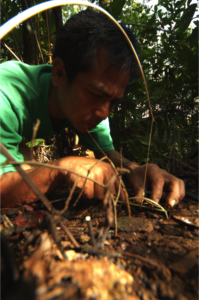
There are limited recreational opportunities in rural Indonesian towns. At weekends some men head to the woods to bird trap and camp. They sell what the trap to their local bird market. Nowadays we seem to brand anyone who catchers birds a poacher.
The UNOCD defines organised crime very broadly as a group of three plus people, acting in concert, to obtain financial benefit with the aim of committing a crime punishable by 4 years incarceration. Many people seem to be using this definition to frame all trade networks as organised crime. In the paper under discussion the authors appear to do this and then go on to write that lax law enforcement ‘cannot continue’ and call for stricter enforcement.They draw on my data on the huge numbers songbirds kept as pets in Indonesia to justify their position, but overlook my other data on the ubiquity of bird-keeping, the economic and employment benefits the hobby brings and the possibility to use market-based governance approaches. Law is a codification of social values and norms and enforcement – if it is to be civilised – requires the consent of the majority of citizens. I find this practice – criminalising people without a discussion of who they are and how their trade practices are performed – unethical and a return to the days of empire when white folks judged distant others.
When I was active in OBC I thought we were working for a better world – one where people from different cultures with a shared passion for birds would come together in a spirit of friendship and tolerance to learn from each other and develop ways to conserve birds in ways that embrace culture and character of the Oriental region. We chose bird club over ornithological society to signify a more open, progressive ethos.
It appears that the club is becoming more narrow and judgemental in its ethos and the values it communicates no longer sit comfortably with mine.

